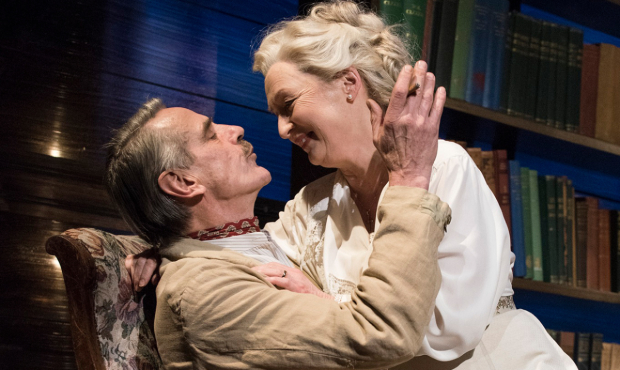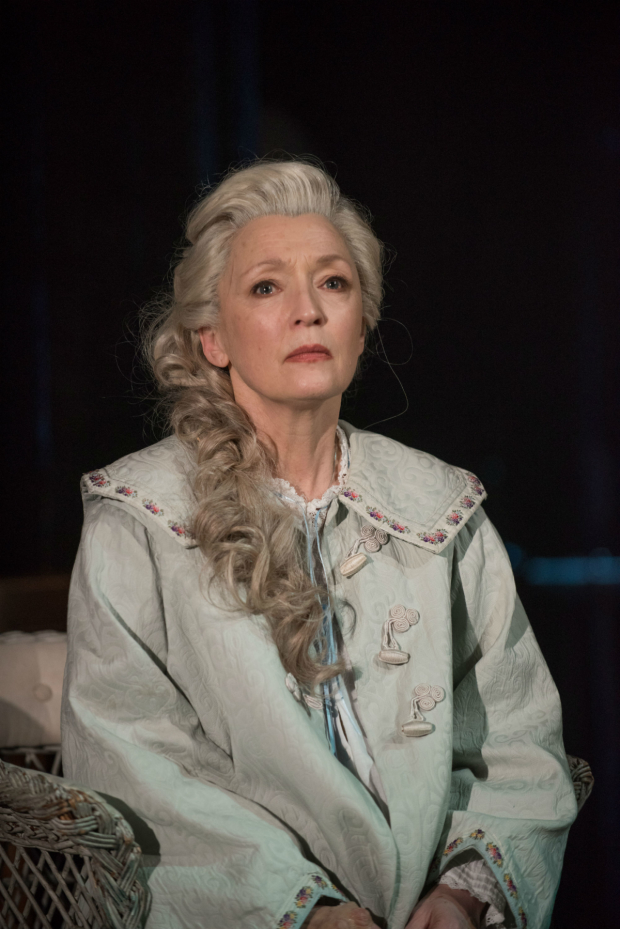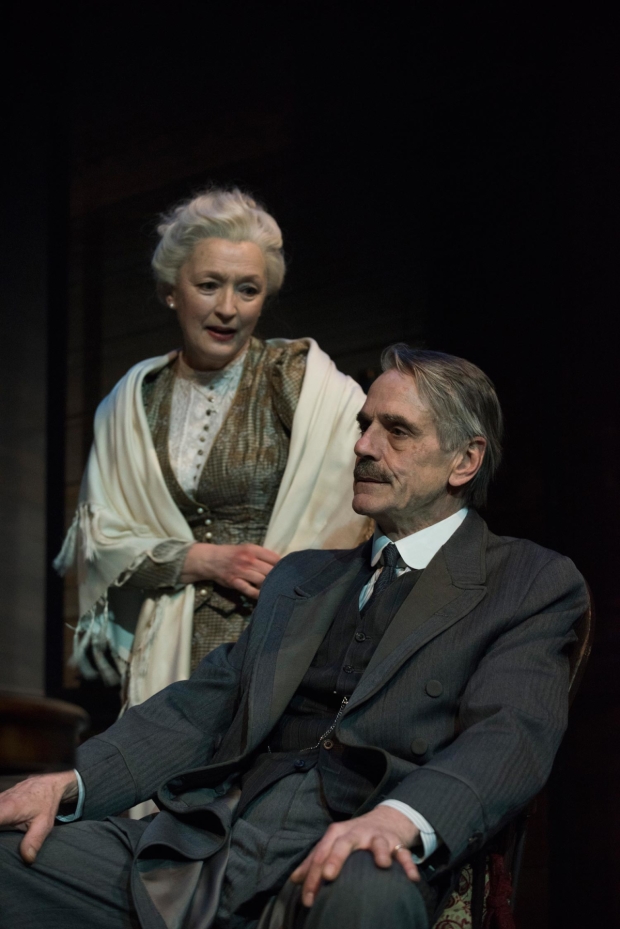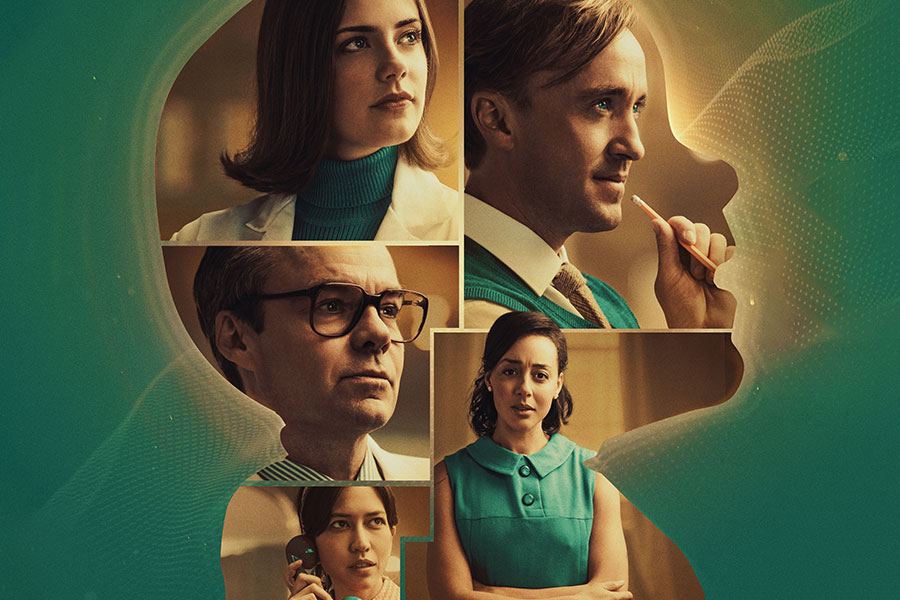Is there such a thing as a definitive performance?

© Hugo Glendinning
Over the weekend, at the Royal Opera House, I saw two performances of Giselle as two young British ballerinas and their partners made their debuts in the famous romantic ballet about a young girl betrayed by a caddish aristocratic who kills herself and then returns as a ghost. (Bear with me, theatre-lovers, I will return to theatreland very soon.)
It’s a wonderful part for a dancer, full of possibility. Francesca Hayward was all blazing emotion, dancing the part as if her very life depended on it; light as gossamer, vulnerable as a baby, living every step. Yasmine Naghdi painted a different picture, a more solemn, composed figure, full of radiant love, her slow unfolding arabesques a wonder of control and compassion.
Both were magnificent. If I preferred Hayward’s interpretation, at least half the audience and many of the critical fraternity would disagree with me. Both were partnered well by men making their debuts too: I definitely liked Matthew Ball’s remorseful, half-in-love Albrecht more than Alexander Campbell’s posh boy seducer, but again others would beg to differ.
The viewer is looking for a difference of interpretation and nuance
The whole point about ballet is that what the viewer is looking for is the difference of interpretation and nuance. We don’t ask that today’s performers mimic the stars of the past; we want them to reveal themselves as they dance familiar steps and roles. And oddly, the impact of this repeated viewing, is that as you see a new reading, past performances that you love flood back into your memory. It’s as if the living act in front of you carries within it the half-silhouettes of its predecessors.
I thought about this when I went to see Richard Eyre’s production of Long Day's Journey into Night last week. On some aspects of this production, most notably Lesley Manville‘s performance as the drug-addled Mary, everyone seems agreed: it is indubitably great. But debate centres around whether Jeremy Irons is miscast as the paterfamilias actor James Tyrone, with some arguing that his urbane melancholy (which plays to the actor’s strengths) is wrong for the part of a retired barnstormer.
But to me, this is precisely what makes his interpretation so interesting. I like the fact that he brings a different light and shade to the part, just as I relish the fact that Manville’s Mary is more angry than some I have seen, Matthew Beard’s Edmund more naïve, and Rory Keenan’s Jamie more tender. The entire cast (and Eyre) do the play the credit of believing what its characters say, and looking at the lines with new, clear eyes.
However much I feel I have witnessed a definitive performance, I always want to see it again
I went to see the play with my friend Bill, whose vision of it is shaped by the fact that the first actor he saw as James Tyrone was Laurence Olivier whom he watched repeatedly in his historic performance at the Old Vic. Bill’s description of the moment one night when Olivier forgot his lines and fiddled with the light bulbs as a bit of business while he found his way again, is so vivid to me that I feel I was there.
Since then, we’ve both seen countless versions of Long Day’s Journey, including – together – devastating productions such as the one starring Jack Lemmon as Tyrone, and the great interpretation with David Suchet and Laurie Metcalf, working magic together.
So I was surprised to see among my Twitter acquaintances a long thread of discussion about whether to go to see this new version, with one correspondent arguing that since he had watched Jason Robards and Colleen Dewhurst as James and Mary (how I wish I had) he had no desire ever to see the play again.
This to me mitigates against the exact pleasure of classic theatre. However often I have watched a play, and however much I feel I have witnessed a definitive performance, I always want to see it again – particularly if I love the work. Watching plays come back to life, with new inflections and different people inhabiting the lines, is, as I said in my review, like molten literary criticism, a way of understanding the words of the past through the intelligent performances of the present. It is a source, to me, of inexhaustible interest. Like 19th century ballets, these theatrical warhorses come back to gleaming life.
There is nothing quite like it. Both Hayward’s Giselle and Manville’s Mary left me in tears last week and I felt a real wonder that these old stories have such power to move us today.















